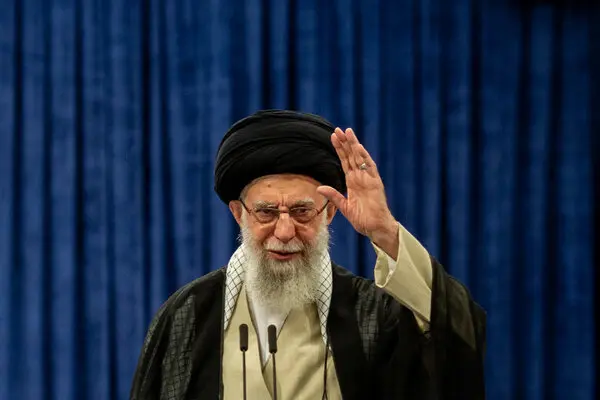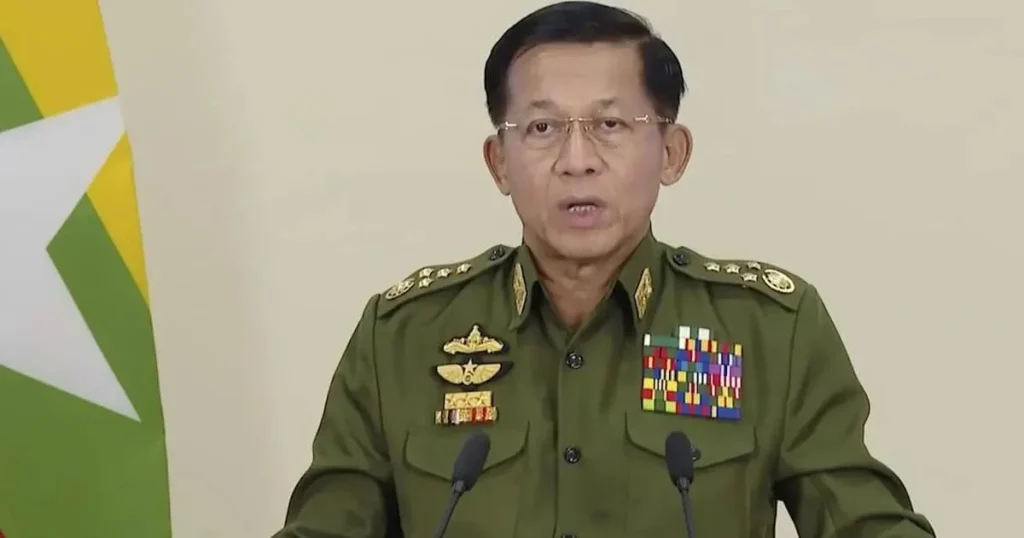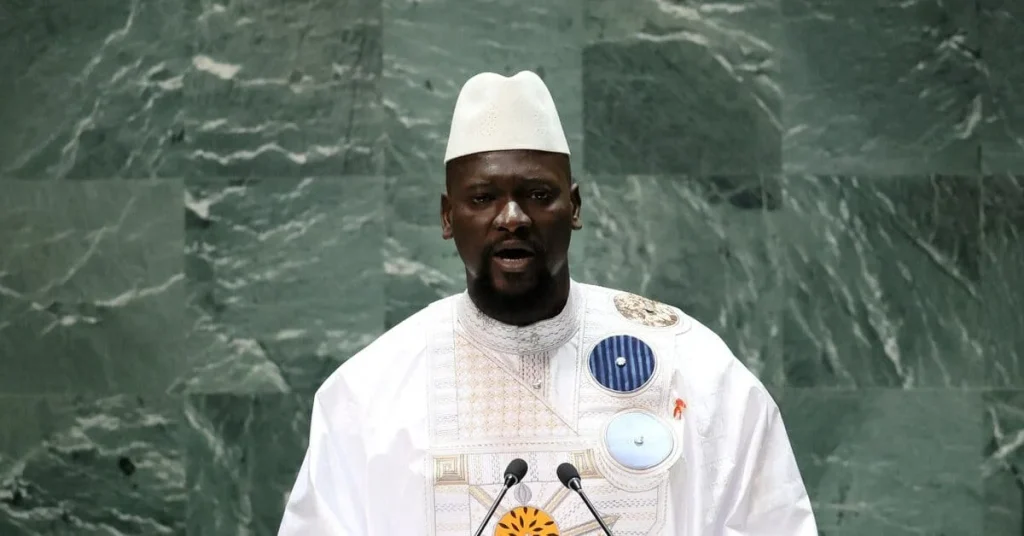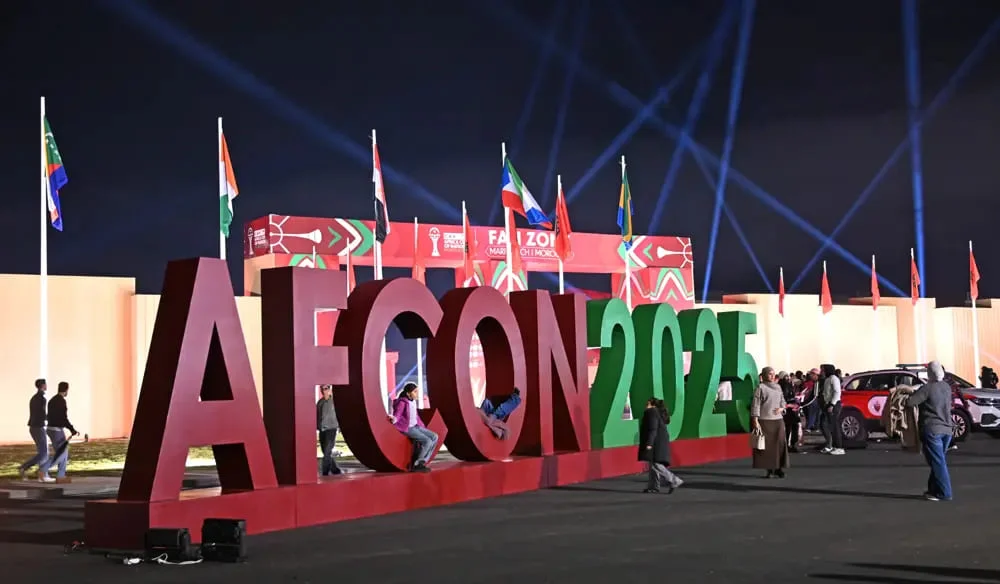On October 20, 2025, Iran’s Supreme Leader Ayatollah Ali Khamenei dismissed U.S. President Donald Trump’s claims that American strikes in June 2025 destroyed Iran’s nuclear facilities.
In a statement posted online, Khamenei scoffed, telling Trump to “dream on” about wiping out Iran’s nuclear capabilities.
He challenged the U.S. leader’s authority to dictate what nations can pursue in their nuclear programs, branding the rhetoric as overbearing and misguided.
Khamenei also rejected Trump’s call for renewed talks, insisting that negotiations under military threats lack legitimacy. “Coercion isn’t diplomacy it’s control,” he said, signaling Iran’s refusal to engage without guarantees against further aggression.
Context of the June Conflict
Tensions flared in June 2025 when Israel launched a surprise bombing campaign targeting Iranian sites, with the U.S. joining briefly to strike nuclear facilities.
The 12-day conflict, which killed key Iranian scientists and military officials, disrupted the region. Israel also reported casualties and damage. Khamenei’s whereabouts were unknown until a ceasefire was reached, adding to the uncertainty.
Trump, during an October 13 speech in Israel’s Knesset, claimed the U.S. dropped 14 bombs, “completely erasing” Iran’s nuclear infrastructure. In a Fox News interview on Sunday, October 19, he described the operation as “a stunning military success,” asserting Iran’s regional influence was diminished.
However, U.S. intelligence offers mixed assessments: a Pentagon report estimates a one- to two-year setback for Iran’s program, while earlier analyses suggested only a few months’ delay.
Stalled Nuclear Talks
The June strikes halted a planned sixth round of U.S.-Iran nuclear talks, ongoing since April 2025 to revive the 2015 nuclear deal. Iran now conditions future discussions on U.S. assurances of non-aggression.
Tehran insists its nuclear work is for peaceful energy, while Washington suspects weapon development, demanding stricter limits on uranium enrichment.
Khamenei’s Monday statement called Trump’s claims “arrogant and baseless,” accusing the U.S. of bullying. The lack of media access to Iran’s nuclear sites clouds their true status, but the strikes’ impact appears less decisive than Trump’s portrayal, complicating diplomatic efforts.
Regional and Global Tensions
The conflict has deepened U.S.-Iran mistrust. Khamenei accused the U.S. of hypocrisy, pointing to civilian deaths in Gaza over 20,000, including many children as evidence of American double standards on terrorism. He also claimed the U.S. fueled regional instability, citing groups like ISIS as tools of Western influence.
The strikes exposed Iran’s vulnerabilities, prompting vows of retaliation. Trump’s ceasefire efforts in Gaza earned brief praise, but his nuclear boasts have hardened Iran’s stance, dimming hopes for talks. The region remains on edge, with both sides entrenched.
Uncertain Path Ahead
International mediators, including the EU and UN, urge de-escalation, warning of broader conflict risks. Iran’s delayed nuclear program remains a flashpoint, with Khamenei’s defiance signaling resilience. The U.S. intelligence gap months versus years of delay raises doubts about the strikes’ success.
As rhetoric escalates, the Middle East faces a volatile standoff. Iran’s demand for security guarantees clashes with Trump’s aggressive posturing, stalling diplomacy. Global observers hope for restraint to avoid further violence, but trust remains fragile, leaving peace prospects uncertain.






